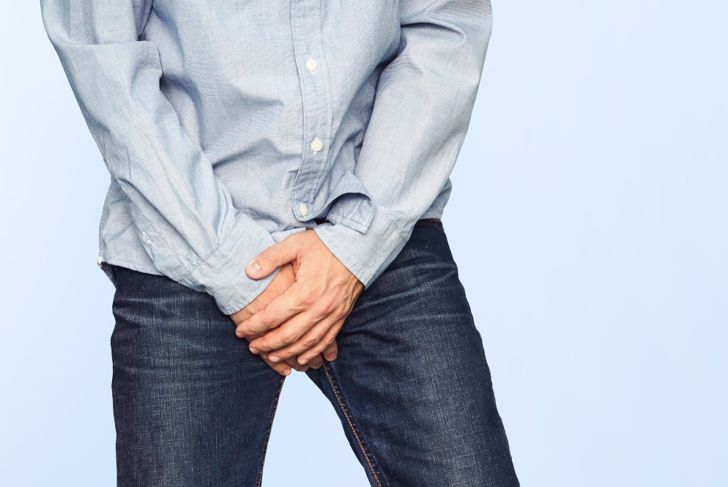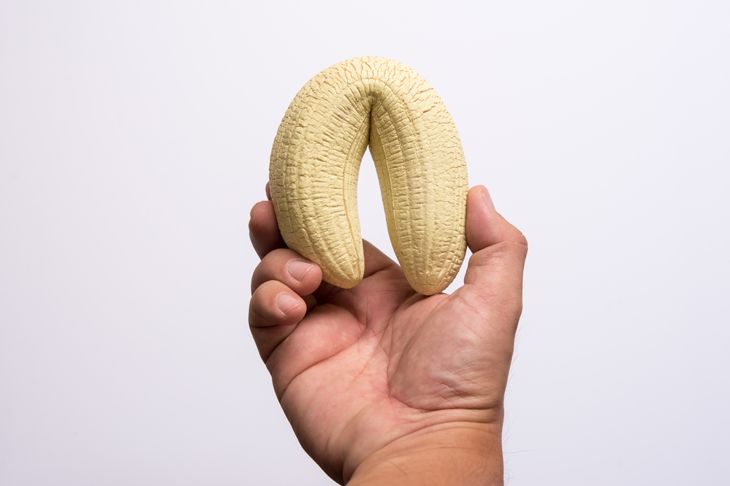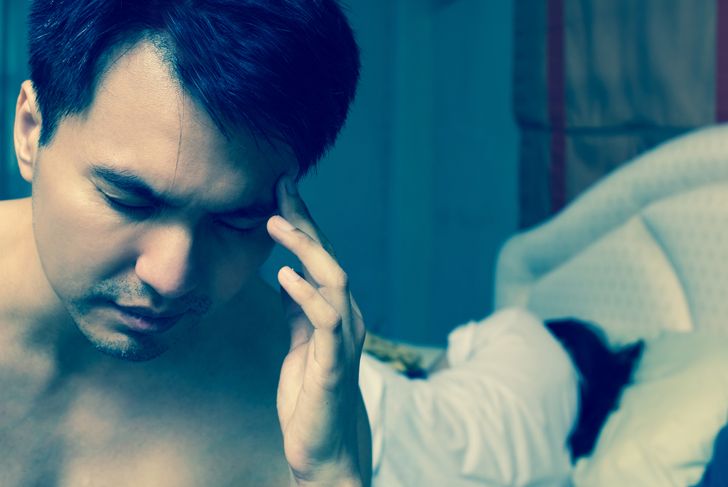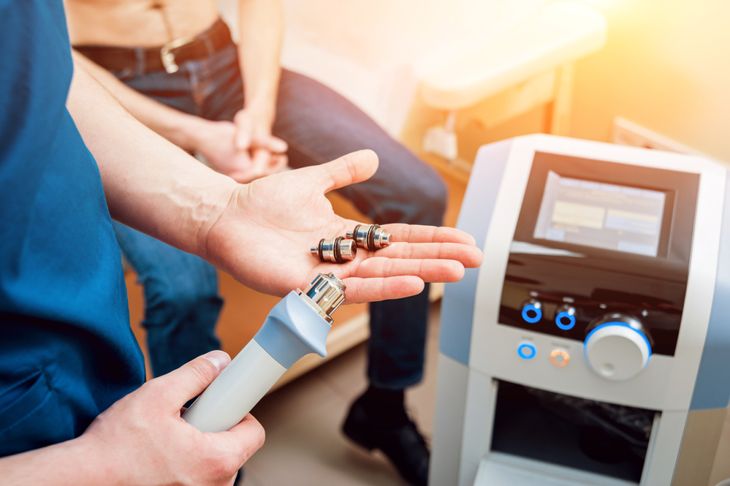Have you ever heard of Peyronie’s disease? It is a penile disorder that makes the penis to bend. The exact cause is unknown, but either scar tissue, plaque, hard lumps, or some other build-up creates an abnormal curvature. The condition can range from minor to severe with common symptoms that can last for years. In some cases, it might interact with sexual intercourse or cause pain. Keep reading more to learn about the symptoms and treatments associated with Peyronie’s disease.
Symptoms of Peyronie’s Disease
If you have Peyronie’s disease, you can probably feel scar tissue under the skin of the penis. It might feel like a band of hard tissue or flat lumps. A significant bend in the penis is another visible symptom of Peyronie’s disease. It can curve upward, downward, or bend to one side. During an erection, the penis might resemble an hourglass appearance as a tight, narrow band can cause indentations around the shaft.
Symptoms (Cont.)
Besides having an hourglass appearance during an erection, Peyronie’s disease can cause erectile dysfunction as well, which means you will have problems getting or maintaining an erection. Shortening of the penis is another sign of the disease. Pain might also be associated with Peyronie’s whether you have an erection or not. Symptoms will gradually worsen, but at some point should stabilize. While the pain may subside after a year or two, the bend may remain along with scar tissue depending on treatment.
When to See a Doctor
If you experience pain during an erection or anytime otherwise, you should visit your doctor. Likewise, if Peyronie’s disease prevents you from getting an erection or having sex, you should seek medical care. You may feel anxiety over the condition, in which case you can contact your provider for more help.
Causes of Peyronie’s Disease
The cause of Peyronie’s disease is a bit of a mystery, but in some cases repeated injury to the genitals might be an underlying factor. You might damage the penis while playing sports, having sexual intercourse, or during some other accident. This causes scar tissue, which can lead to a nodule or curvature during the healing process. Some people cannot recall any injury in which the tissue must have formed abnormally some other way.
Peyronie’s Disease and the Penis
On either side of the penis is corpus cavernosum, a sponge-like tube with tiny blood vessels. Each corpora cavernose is surrounded by elastic tissue known as tunica albuginea, which stretches during an erection so blood can flow into the tunica albuginea. As the chambers fill, the penis grows and forms an erection. If you have scar tissue under the skin, that area will not stretch during an erection; therefore, the penis will bend or curve, which can be painful.
Risk Factors
Since the actual cause of Peyronie’s disease is unknown, there are other factors besides injury that might play a role. For example, heredity; you might have an increased chance of the condition if your dad or brother has it. Age, especially men over 55, can be another risk factor. If you have other connective tissue disorders such as Dupuytren’s contracture, you could have a higher risk of the disease. Some kinds of prostate surgery might affect the condition as well as smoking.
Treatment for Peyronie’s Disease
Even if you have signs or symptoms of Peyronie’s disease, your doctor might wait to administer any specific treatment. Some factors include if you experience pain with sexual intercourse or whether you still have good erectile function. In some cases, the condition might not be severe and no longer worsening.
Medication
There is only one FDA-approved medication for this particular disease. It works by breaking down collagen that is built up in the penis causing it to curve. Modeling might be used as well, which is a therapy that involves bending it in the opposite direction. There are other medications that try to disrupt the production of collagen or break down fibrous tissues, respectively.
Surgery
If you have had Peyronie’s disease for over one year and the condition has stabilized for at least six months, you might be able to have surgery if you are unable to have sex. A common operation includes suturing the unaffected side known as Nesbit plication. Another type of surgery involves removing the scar tissue through small incisions and grafting other skin over the area. There are two different penile implants available including a manual or pump.
Other Treatments
Some injections shots are available for Peyronie’s disease, but the effectiveness is unknown and more research is needed. Another technique called iontophoresis uses an electric current to treat the condition along with medication and non-invasive steroids through the skin. Shockwave therapy, which uses sound waves to break up scar tissue is also being tested as well as penile traction therapy with devices that stretch the penis.

 Home
Home Health
Health Diet & Nutrition
Diet & Nutrition Living Well
Living Well More
More




















